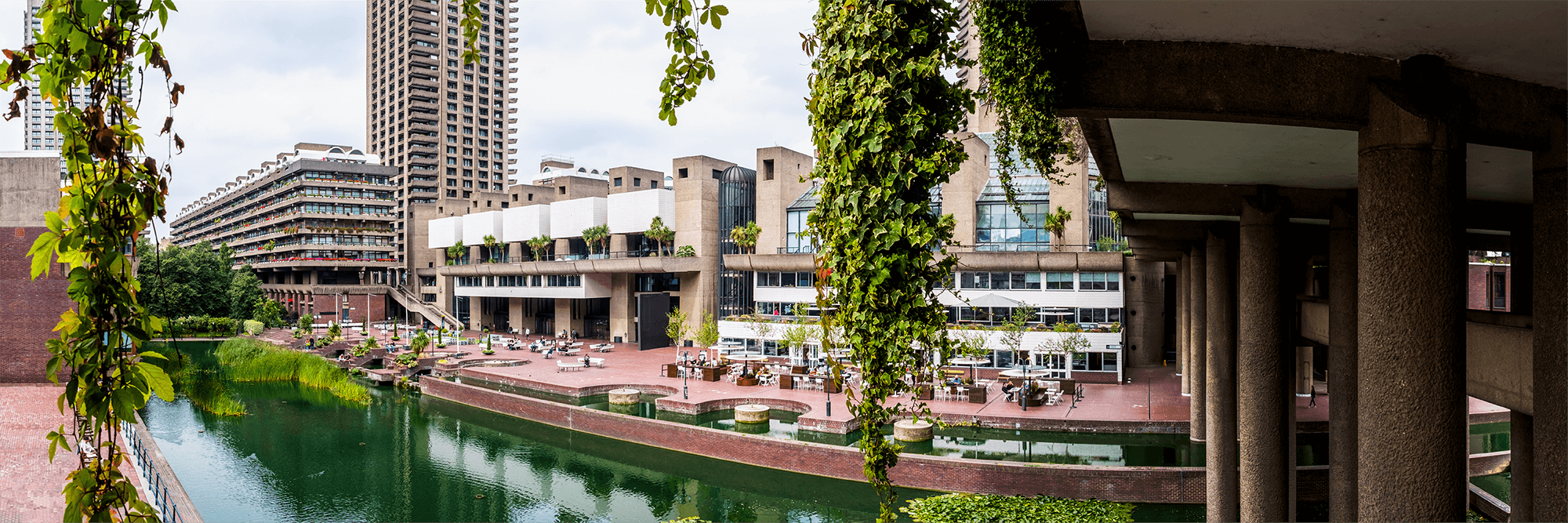Trending — The Hybrid Future —
Are you ready for the hybrid working ripple effect?
Are you readyfor the hybridworking rippleeffect?

Based on an interview with CEO & Founder, Tim Oldman, and MIT’s Center for Real Estate, James Scott
Reading time – 4 minutes
Can how we work and where we work affect our wider environment? Our society, our high streets? Maybe even our cities, towns and the business districts most of us work in?
Have you guessed the answer? If you answered yes, then you’d be correct. You’d think that developers, property professionals and employers might know this or at least be aware and act upon it, wouldn’t you? But here, the answer is a resounding no.
It’s an open secret that the pandemic is acknowledged as the biggest experiment in looking at how we work, especially how we work from home.
Newsflash. It worked — no systems failures. No banks collapsing. No meltdown. The naysayers were proved wrong. Hence, hybrid working is here to stay. And Leesman has the evidence to prove it.
We cannot put hybrid working back in its box. But those naysayers still don’t get it. Worse, they do not understand the implications of home working, let alone hybrid working. Hybrid working is already affecting the surrounding work environment. There is a workplace ecosystem that cannot be underestimated. Look at where you might go or used to go for lunch or morning coffee. If you went to Pret a Manger, you might have noticed fewer of them. Like other food outlets and hospitality businesses, they were massively affected by the move to hybrid working.
Pret relies on business workers. Take the business workers away and it has a fundamental problem with its business model. Any business or organisation that relies on trade, footfall or users in the local business district is suffering right now. It is the hybrid working ripple effect. In late 2022, in a Leesman sample of 30,000+ globally distributed employees, 41% said they intend to be office-based 1-day per week or less. That is up from 36% in Q1 2022. That’s a huge loss of people in a high street, shopping centre or transport interchange.
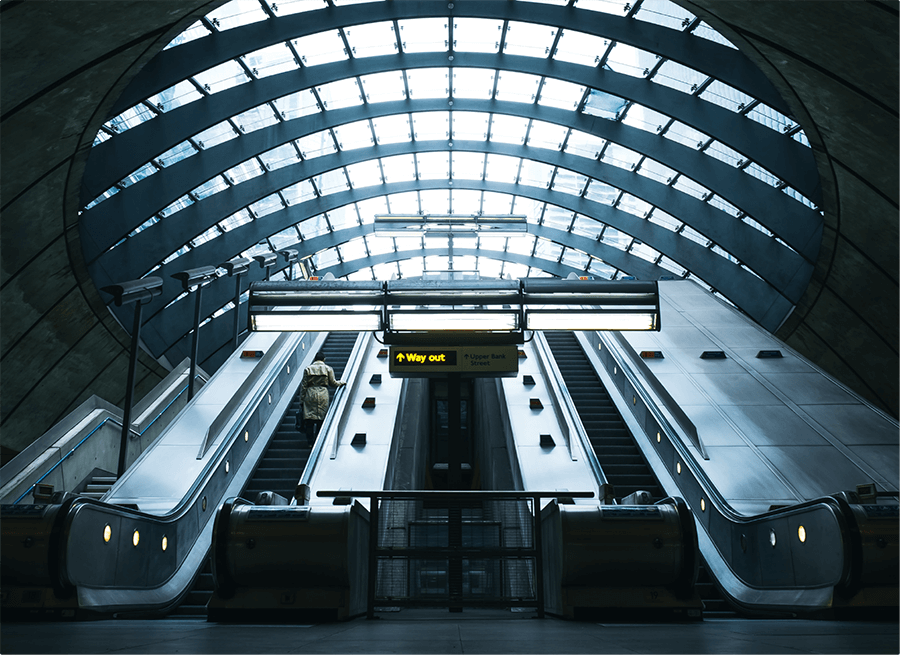
Having successfully and productively worked at home, people are now reluctant to travel to work unless it is worth their while. That commitment to go to the office is a cost. It is a cost in terms of transport and childcare, not just wellbeing, health and effectiveness. It must be a better experience and have an innate sense of purpose. What we call Purposeful Presence. Take that away, why would you go to the office?
This ripple effect goes beyond the morning coffee, lunch or trip to a dry cleaner. Less people in a central business district leads to fewer meals with colleagues and friends, fewer drinks, less socialising and less of a vibrant community and dynamism in our towns and cities.
Hybrid working is already changing the working environment – and we stress that this is not the inside of a building, but everything associated with that route to work, the working day itself and the return trip homeward.
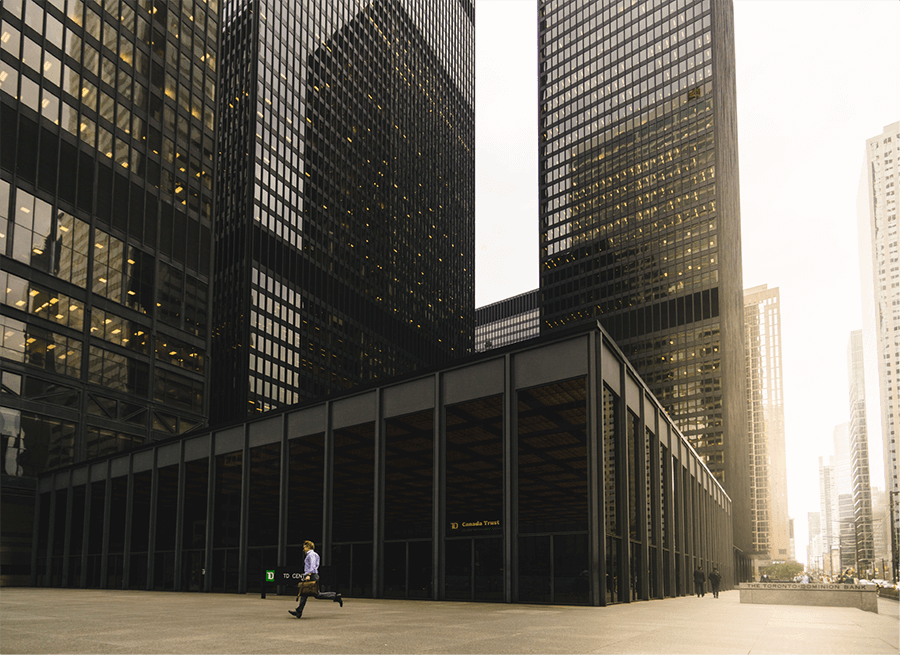
Come the summer, more office workers might seek out friends for shared downtime after work. But in the colder, darker winter months, there is a risk of central business districts becoming ghost towns.
Is that an exaggeration? We don’t know. But we do know that less people in our cities – the majority of whom are workers – means harsher operational conditions for retail, hospitality and transport sectors. The lack of office workers in London means that the hospitality sector is facing a perfect storm. It’s happening now. The ONS says online sales are still 18.2% higher than their pre-covid February 2020 levels.
We don’t know what we will find out. What we do know is that we need to understand more about this ripple effect. That’s why Leesman is working with MIT’s Center for Real Estate on what is arguably the biggest piece of research into the impact of hybrid working on people, places and society. It’s a journey, an infinite game, as Simon Sinek might put it.
We’re calling it The Hybrid Future.
Cutting through the confusion, The Hybrid Future (THF) will provide the most comprehensive and objective view of the impact of hybrid working to date. The three year study will capture responses from over 10,000 participants worldwide to explore how hybrid working has affected everything from productivity and diversity to the environment and wellbeing. Why now? Because up to now, all of the research, including our own, has been about what occurs within the home or within the curtain wall of a ‘workplace.’
To understand the ripple effect, we need to slice through the noise and the flawed data out there and deliver tangible, evidence-backed findings.

Detroit Michigan | The old Michigan Central Station – a major railway depot until its closure in 1988.
Why is it important? Because changes to how we work are affecting central business districts now. The future of hybrid working talks to the future of cities. Change has a direct impact on real estate. When there is vacant space anywhere or space that is used inefficiently or inadequately, the surrounding environments die. After the London docks closed, the area became derelict and poverty-ridden by the 1980s. In Detroit, the globalisation of the car industry led to the motor city declining into insolvency. The city’s population fell from 1.8 million to 639,000. It became a byword for a failed city.
This is not scaremongering. It is risk management. Underestimating the ripple effect of hybrid working is a mistake. That alone is a reason ‘why’ for The Hybrid Future research.
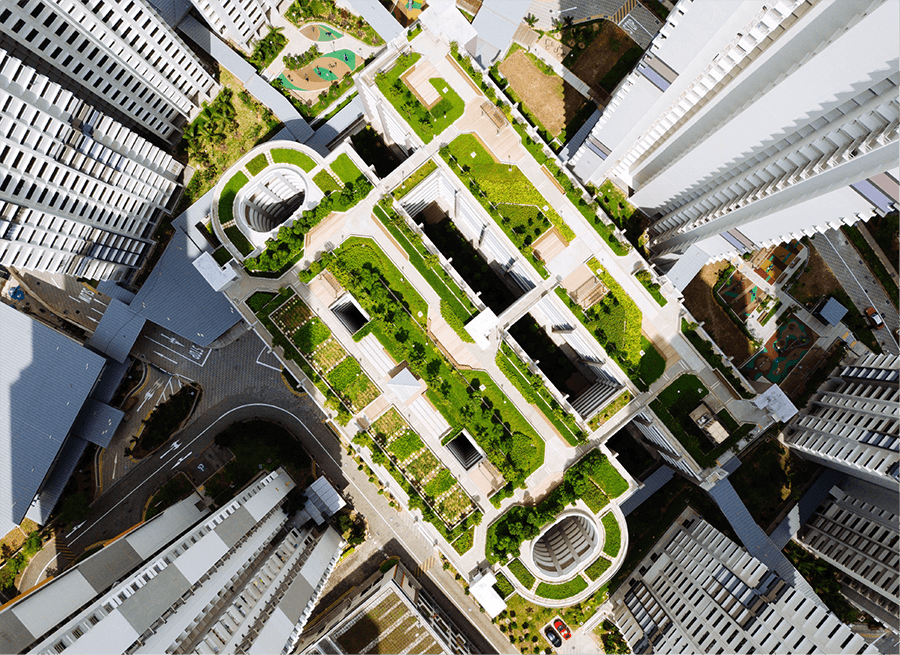
Our research will equip employers, city planners and developers, and occupiers with the insights to prepare for the future of work. You can sign up here to find out how THF can help you get ready to ride that ripple effect.

